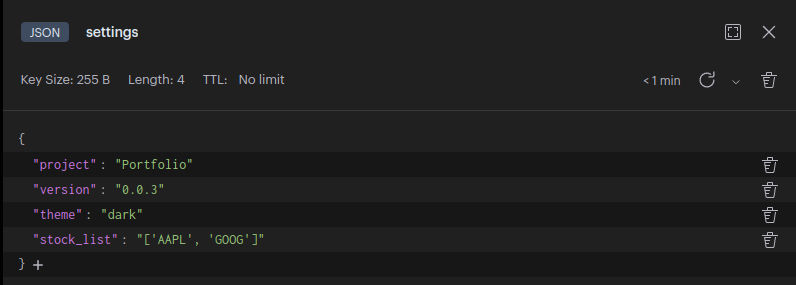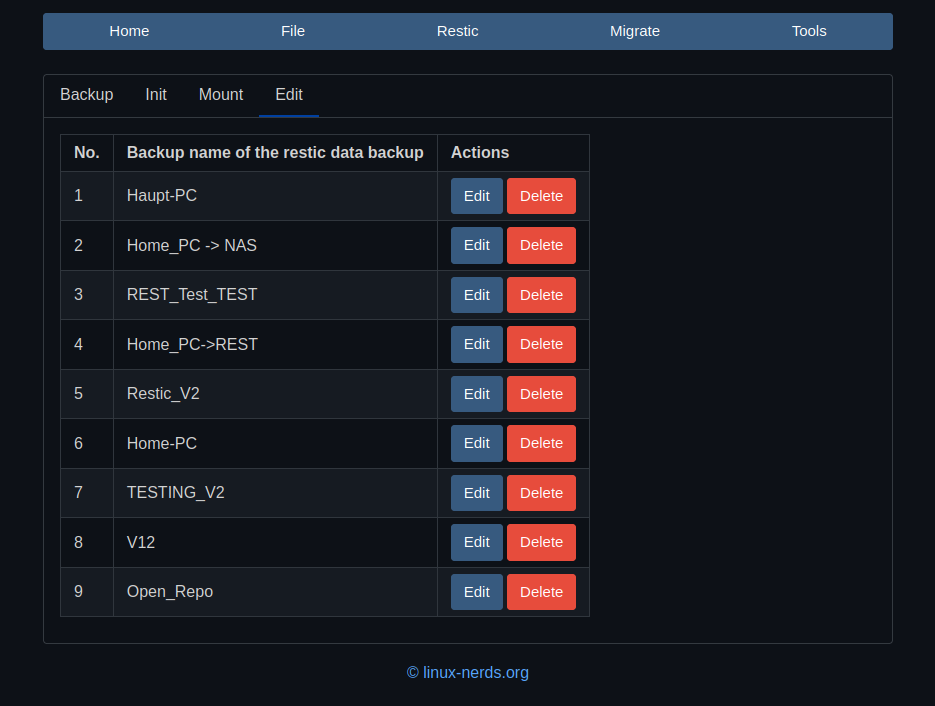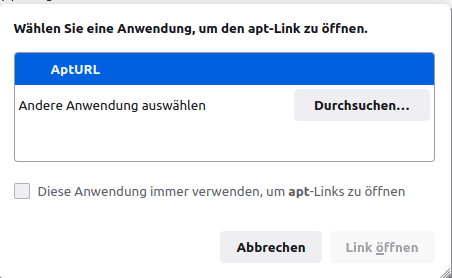List comprehensions
-
Fangen wir mal an, mit einer Übersetzung. Mein Englisch ist nicht perfekt, so muss ich ab und zu mal was nachschauen.
 Quelle: deepl.com
Quelle: deepl.comOk, jetzt haben wir eine Vorstellung davon, was es machen soll. Ein Beispiel wie ich das so als Anfänger gemacht habe.
# Delete key_list keys_list = [] # redo keys_list for key in backups: keys_list.append(key)Finde ich jetzt eigentlich gut lesbar und verständlich. Aber mit List comprehensions soll es eleganter sein.
Die Listen-Abstraktion, eigentlich auch im Deutschen besser als "List Comprehension" bekannt, ist eine elegante Methode Mengen in Python zu definieren oder zu erzeugen.
Quelle: https://www.python-kurs.eu/list_comprehension.phpIn meiner Datei speicher ich die Daten der Backups mit einem Key. Hier mal ein Add, aus diesem Beispiel
backups[(BackupList.last_key()) + 1] = BackupList(name, repository)Damit man zum Beispiel einen Eintrag jetzt editieren oder auch löschen kann, muss ich den Key kennen. Mit dem obigen Beispiel erhält man jetzt alle Keys, die in dem Objekt enthalten sind.
Ausgabe
['1', '7', '8', '10', '14', '17', '18', '20']Diese Daten werden in eine neue Liste keys_list geschrieben.
Das kann man dann mit List comprehensions so lösen.
# Delete key_list keys_list = [] # redo keys_list [keys_list.append(key) for key in backups]In folgendem Video wird das exzellent erklärt. Unbedingt als Einsteiger anschauen.
Diese List Comprehensions können auch noch eine Condition (if) beinhalten. In o.g. Video wird das an diesem Besipiel sehr anschaulich vermittelt.

Besonders die Ergänzung, als Erklärung, mit SELECT, FROM und WHERE sollte es allen, die schon mal mit einer MySQL Dataenbank gearbeitet haben, einfacher machen.Eine weitere sehr gute Anleitung dazu findet man auf
Viel Spaß beim Coden

-
-
-
-
-
-
Example Class
Angeheftet Python3 -
-


